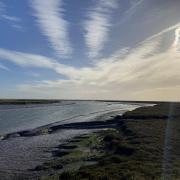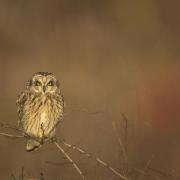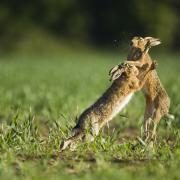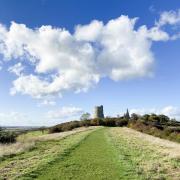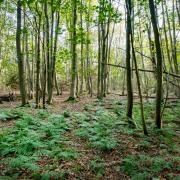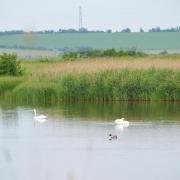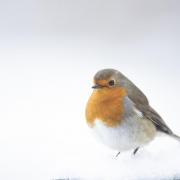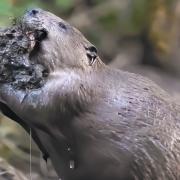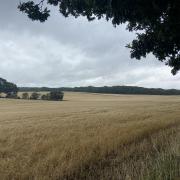Words and photos by Yvonne Couch, Essex Field Club
The leaves may have fallen, but there are still tell-tale signs to identify our beautiful trees this month
This time of year often gives us a cold but sunny day, which is ideal for going on a walk and taking a close look at trees. The leaves may have fallen but the winter twigs can, in many cases, help to identify the tree.
In willows and dogwoods, the youngest twigs are often yellow, orange or red, giving rise to a halo effect. Check the buds, as those of willows have a smooth covering, while in dogwoods the tiny leaves are unprotected and visible on close inspection.
Of course, the goat or pussy willow is unmistakeable when the male catkins start to appear. The crack willow is named because the orange twigs will readily snap off if gently bent back (though please don’t try this too often or the tree will suffer), and the ground beneath is usually strewn with twigs snapped off by a strong wind.
The thorns of hawthorn are short while those of blackthorn are at the end of side shoots so appear longer. Some trees produce dangling catkins on their twigs in late winter; those of hazel and birch are green, while alder catkins have a decidedly purple tinge. As the weather warms up, the catkins elongate and start to produce pollen.
How many of these trees can you identify from their winter twigs? Once the buds start to swell and open in spring, the twigs are a less useful guide.

The lime tree often has large lumps on its trunk, from which sprout numerous twigs. These can change direction at each lateral bud, making them appear slightly zig-zag.

The ash is unmistakable, with very black buds. The part of the twig immediately below the buds is widened, and this can be seen fairly easily from below. The twig is grey, accentuating the blackness of the buds.

The hazel is usually a large bush or a small tree and may be coppiced so it produces lots of straight stems from its base. The twig is downy and its terminal bud is a flattened oval; catkins are often present by February.

Alders always look rather purple and the buds are on a short stalk. Last year’s old female cones and this year’s male catkins are usually present in February.

The oak twig has a cluster of buds around the tip, each clearly showing the scales protecting the contents. The number of scales on each bud is fewer in the pedunculate oak compared to the sessile oak.

The horse chestnut twig ends in a very large brown bud, which feels sticky. The scar left after the leaf has fallen (on the left in the photo) is large and resembles a horseshoe complete with nails.

The cherry has terminal buds in clusters, which can easily be seen from below.

The buds on the beech are particularly long and slender, making this tree easy to identify. The old leaves, now dead, are often kept on the twigs in winter (though some other trees also do this).







